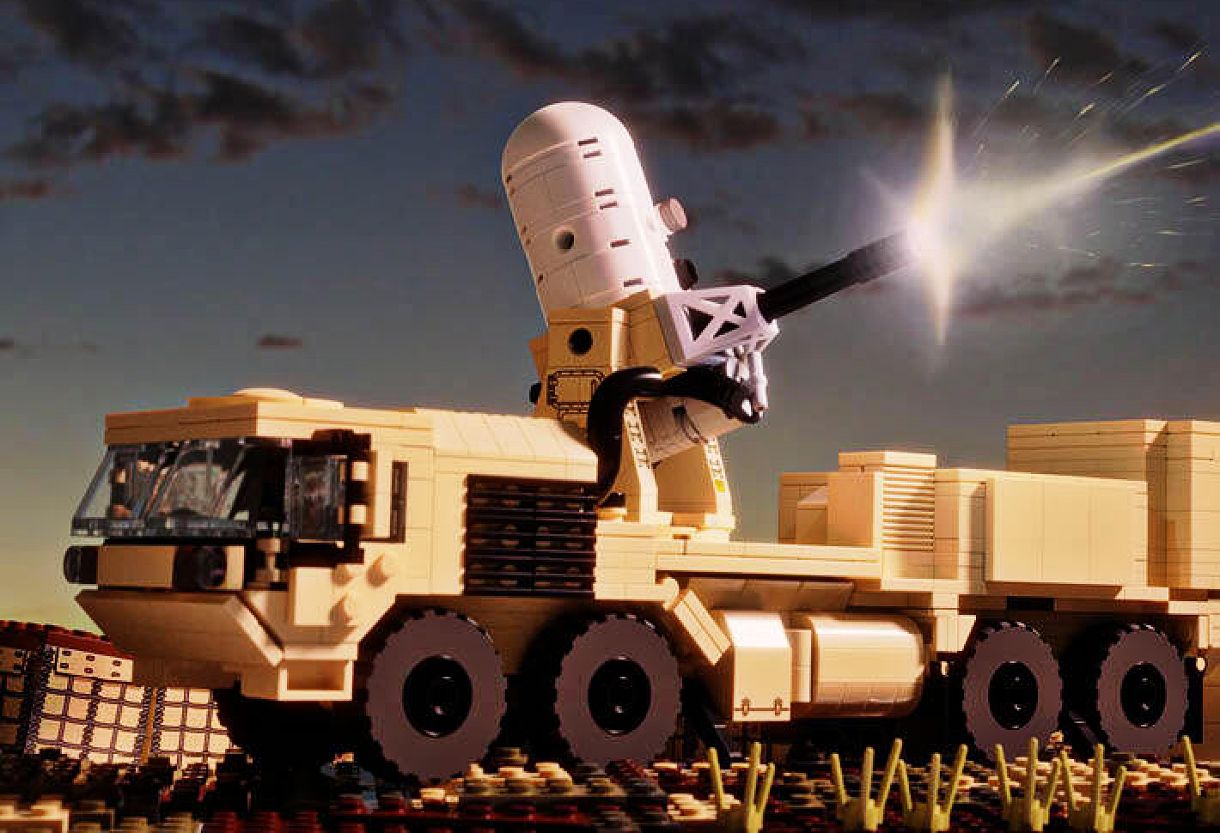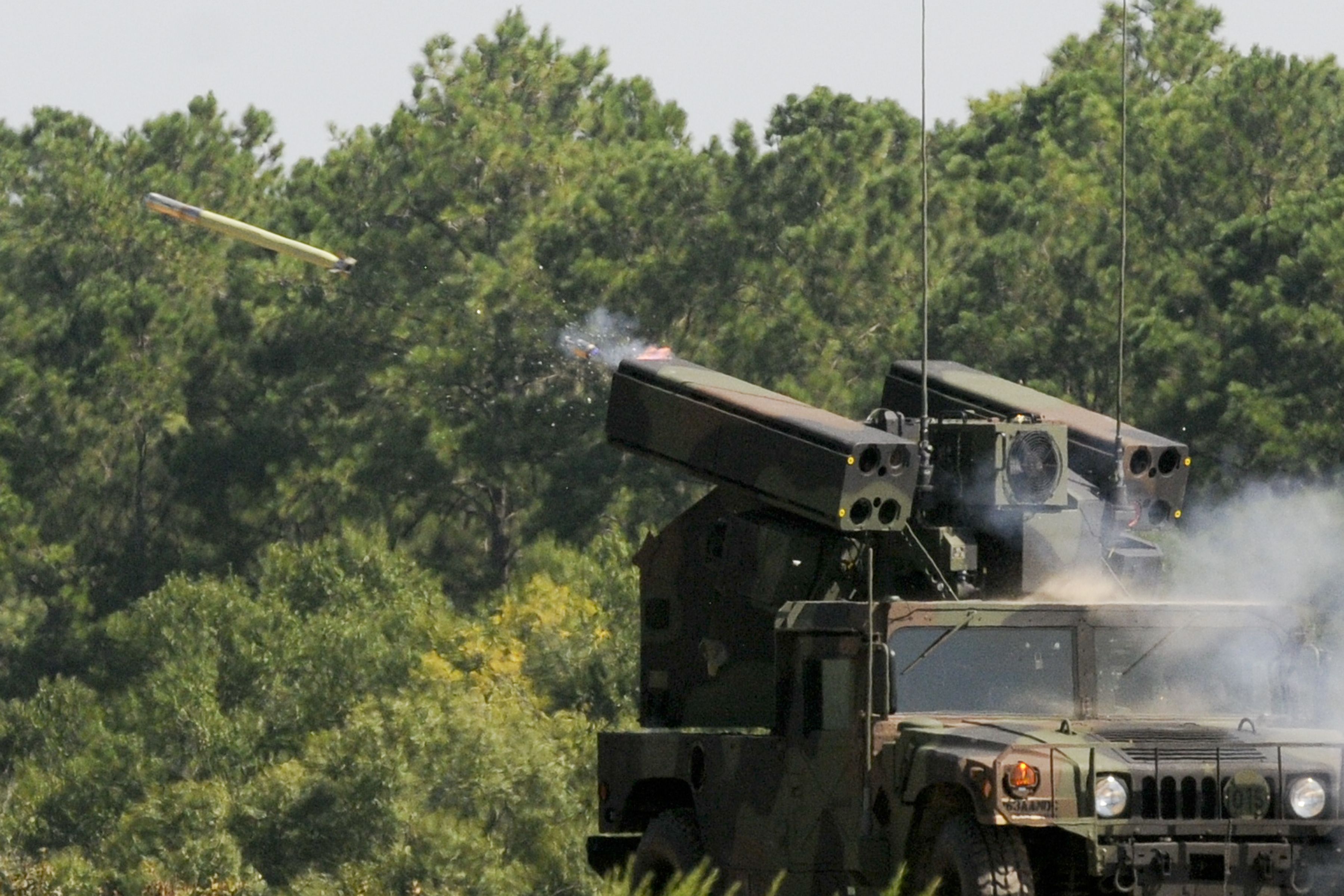Cram Anti Aircraft - C-RAM is designed to protect U.S. forces from enemy fire. The weapon has its origins in the U.S. Navy's Phalanx CIWS (Close-in Weapon System). A point defense system of last resort, Phalanx teams a M61 20-millimeter Gatling gun and radar system to provide a last line of defense for warships against aircraft, missiles, drones, and even small boats.
One key distinction between C-RAM and CIWS is the use of self-destructing shells. While CIWS operates at sea, where the possibility of friendly fire is remote, C-RAM is used on the ground in close proximity to the very forces it is stationed to protect.
Cram Anti Aircraft

C-RAM rounds are designed to detonate after a certain distance, preventing them from flying several miles and eventually striking the ground. The radar-controlled rapid-fire 20mm gun is formidable, to say the least. It's comprised of an M61 Vulcan, placed on top of a swiveling base, a powerful radar.
With a jaw-dropping capability of firing 4,500 rounds per minute, the C-RAM, which stands for Counter-Rocket, Artillery, and Mortar, can counter anything from enemy aircraft to missiles to rockets to artillery shells. The U.S. military has only one other weapon system that can out-shoot the Phalanx in terms of rounds-per-minute.

This is no other than the M134 Minigun, which can dish out 6,000 rounds per minute. However, the M134 Minigun, which can be mounted from helicopters to Humvees, shoots the 7.62 mm round, which is almost half the size of the 20mm.
But it was the U.S. Navy that first developed the weapon system as an air-defense platform. The Phalanx CIWS, the Navy-variant of the weapon system, is nicknamed “R2-D2,” a reference to the lovable robot of Star Wars fame.
Its purpose on Naval vessels is to shoot down anti-ship missiles as they approach. It can also be used to fend off enemy gunboats or suicide boats, like the ones the Iranian Navy is using or the one that rammed USS Cole and almost sunk it back in 2000. Every surface vessel in the U.S.

Navy sports the C-RAM, as do some U.S. Coast Guard ships. The weapon system is also popular among other navies, including the Royal Navy, Hellenic Navy, Japanese Navy, and Royal Australian Navy. The U.S. Army used the M61 in the M167 and M163 air defense systems and as the primary gun system on the F-14, F-15, F-16, and F-18 fighters.
The gun is also used as the tail gun on the B-52H bomber, while a lightweight variant is used on the F-22 Raptor fighter. Rocket attack on Baghdad's Green Zone last night. Multiple C-RAM bursts lighting up the sky as rockets impact around the area.
I edited together a few videos to highlight the terrifying nature of the event. pic.twitter.com/r3A6mq7Si0 Despite dramatic footage of the C-RAM spraying a jet of tracers across the night sky, however, it's not clear the gun actually hit anything.

The video shows a large number of explosions, but they all appear to be self-destructing C-RAM rounds. It should be noted that a successful intercept might not necessarily include an explosion of the rocket's warhead. The only major difference between C-RAM and CIWS is the type of ammunition used.
The land version uses 20mm HEIT-SD (high-explosive incendiary tracer, self-destruct) cartridges, whereas the Naval version shoots Tungsten ammo. The reason behind C-RAM's usage of the HEIT-SD round is that since the weapon system is often operated in urban areas, stray rounds could cause unintended collateral damage.
Both C-RAM and CIWS use the M61 “Vulcan” Gatling gun. The M61 is a six-barreled, 20-millimeter cannon with a typical rate of fire of up to 6,000 rounds per minute. Developed in the early 1950s, the gun was standardized as the M61 in 1956.

Barrett is the world leader in long-range, large-caliber, precision rifle design and manufacturing. Barrett products are used by civilians, sport shooters, law enforcement agencies, the United States military, and more than 75 State Department-approved countries around the world.
The Counter Rocket, Artillery, and Mortar (C-RAM) system opens fire several times, firing long bursts of 20-millimeter high-explosive incendiary tracer, self-destruct (HEIT-SD) ammunition. In some cases, observers took the video from far enough away that the speed of sound causes a delay between the shooting and the sound of the gun firing and ammunition self-destructing.
In 1996, the C-RAM showed its devastating effectiveness but in an unfortunate manner. The U.S. Navy was conducting joint exercises with the Japanese Navy in the Pacific Ocean. During a gunnery training event, an American A-6 Intruder was towing a radar target that would act as the "enemy" for the C-RAM of a Japanese destroyer.

The weapons officer on board the Japanese vessel, however, gave the order to shoot before the A-6 had time to exit the engagement envelope (in rough terms, the field in which the missile/weapons system can be effective).
As a result, the Phalanx shot down both the radar target and the A-6; the two-man crew managed to eject safely.
cram weapons system, c ram air defense, cram system, c ram system of systems, cram defense system, counter mortar system, cram gun, c ram firing